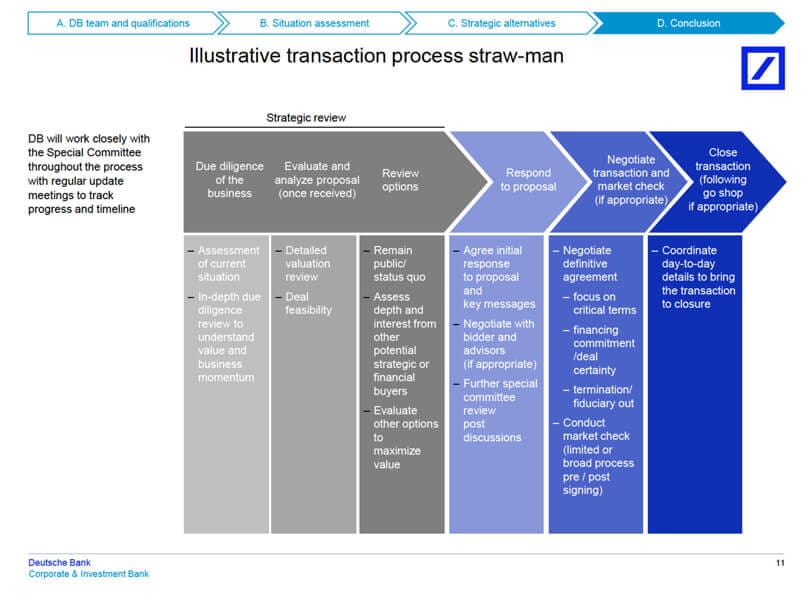We have developed a series of free eBooks that contain 1000's of pages of valuable lessons on accounting, financial modeling, valuation, investment banking, Excel, trading, technical analysis, strategy, economics and more corporate finance topics. These books are all 100 percent free with PDF download.

This hyper text book introduces the foundations of investment decision-making. The book is designed for use in a four-week teaching module for master's students studying introductory Finance.
Topics covered includes: Capital Markets: Investment Performance, Basics of Return and Risk: Efficient Frontier, Preferences and Investor Choice, CAPM: The Portfolio Approach to Risk, Understanding Security Market Line, Arbitrage Pricing Theory, Betas, Leverage, Discount Rate, Information and Efficiency of Capital Markets. Author(s): William N Goetzmann.
This note explains the following topics: Introduction to Security Analysis, Risk and Return Concepts, New Issue Market, Stock Exchanges in India - Operations, Listing of Securities, Stock Brokers and Other Intermediaries, Stock Market Indices, Investment Alternatives, Government Securities, Valuation of Fixed Income Securities, valuation of Variable Income Securities or Equity Share Valuation, Efficient Market Hypothesis and Portfolio Construction. Author(s): Guru Jambheshwar University of Science and Technology. This book presents the essential elements of investment analysis as a practical tool with a firm theoretical foundation. This should make useful for those who wish to learn investment techniques for practical use and those wishing to progress further into the theory of finance. The book avoids making unnecessary mathematical demands upon the reader but it does finance as an analytical tool. Topics covered includes: Investment Fundamentals, Portfolio Theory, Modelling Returns, Equilibrium Theory, Fixed Income Securities, Derivatives, Application.
Author(s): Gareth D. The aim of this book is to present in clear form the simple principles of investment, and to afford the reader a working knowledge of the various classes of securities which are available as investments and their relative adaptability to different needs. The book is an outgrowth of the writer's personal experience as an investment banker. Topics covered includes: General Principles of Investment, Railroad Mortgage Bonds, Railroad Equipment Bonds, Real-Estate Mortgages, Industrial Bonds, Public-Utility Bonds, Municipal Bonds, Stocks and Market Movements of Securities. Author(s): George Garr Henry.
Random Flip Mapping V - Mapping will randomly be flipped of the V axis. Random Offset U - If boards have variable size the mapping will be randomly offset so the center of the texture isn't used every time. Random Offset V - If boards have variable size the mapping will be randomly offset. Google sketchup. Random Flip Mapping U - Mapping will randomly be flipped of the U axis.
This hyper text book introduces the foundations of investment decision-making. The book is designed for use in a four-week teaching module for master's students studying introductory Finance.
Topics covered includes: Capital Markets: Investment Performance, Basics of Return and Risk: Efficient Frontier, Preferences and Investor Choice, CAPM: The Portfolio Approach to Risk, Understanding Security Market Line, Arbitrage Pricing Theory, Betas, Leverage, Discount Rate, Information and Efficiency of Capital Markets. Author(s): William N Goetzmann. This note explains the following topics: Introduction to Security Analysis, Risk and Return Concepts, New Issue Market, Stock Exchanges in India - Operations, Listing of Securities, Stock Brokers and Other Intermediaries, Stock Market Indices, Investment Alternatives, Government Securities, Valuation of Fixed Income Securities, valuation of Variable Income Securities or Equity Share Valuation, Efficient Market Hypothesis and Portfolio Construction. Author(s): Guru Jambheshwar University of Science and Technology. This book presents the essential elements of investment analysis as a practical tool with a firm theoretical foundation. This should make useful for those who wish to learn investment techniques for practical use and those wishing to progress further into the theory of finance. The book avoids making unnecessary mathematical demands upon the reader but it does finance as an analytical tool.